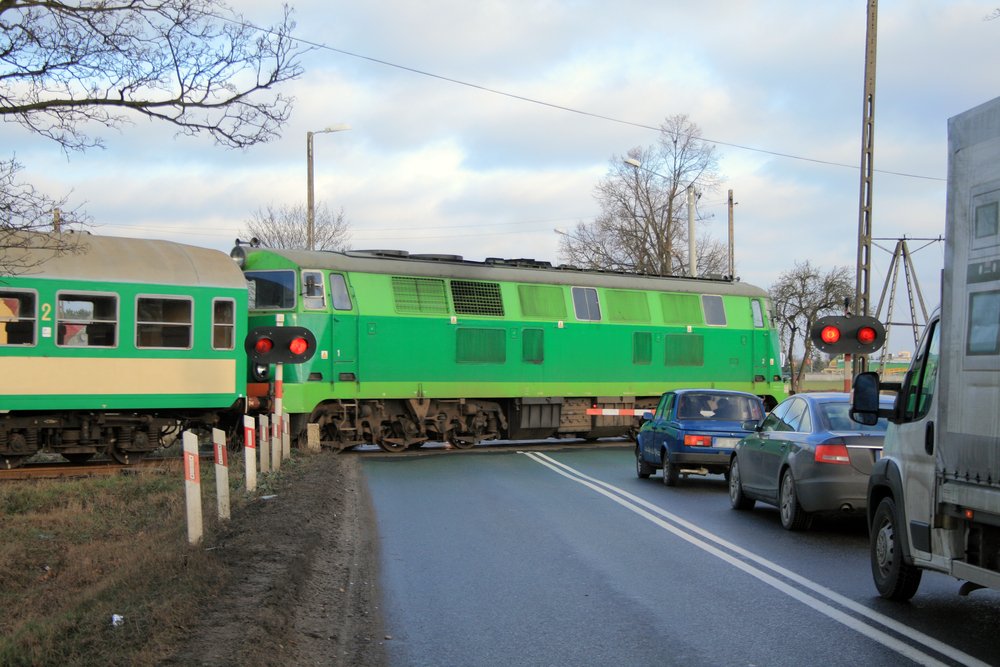
Introduction
Trains and light rail systems are powerful, heavy, and cannot stop quickly. Whether it’s a long freight train or Utah’s TRAX light rail, drivers and pedestrians must use caution when crossing tracks or driving near rail systems. Understanding the rules and safety precautions can prevent deadly collisions.
Key Rules for Drivers
-
Obey All Signs and Signals
-
Stop when warning lights are flashing, gates are down, or a train is approaching.
-
Never try to drive around lowered gates.
-
-
Stopping Distance
-
Trains take much longer than cars to stop—often more than a mile.
-
Never assume a train can slow down for you.
-
-
Look Both Ways
-
Always check both directions before crossing tracks, even if signals are not flashing.
-
Be alert for multiple trains or light rail vehicles coming from different directions.
-
-
Do Not Stop on Tracks
-
Never stop your car on railroad tracks.
-
Make sure there’s enough space on the other side before crossing.
-
-
Light Rail Safety (TRAX in Utah)
-
Light rail trains run in city streets and may have dedicated lanes.
-
Watch for special traffic signals controlling when cars can cross or turn.
-
Always yield to trains—they cannot swerve to avoid you.
-
Safe Driving Practices
-
Reduce speed when approaching tracks.
-
Listen for train horns and signals.
-
Stay patient—rushing across tracks is one of the deadliest mistakes a driver can make.
-
Watch carefully in bad weather or at night when visibility is reduced.
Why It Matters
-
Collisions with trains are almost always severe or fatal for drivers and passengers.
-
Light rail systems add unique challenges because they operate alongside city traffic.
-
Safe choices around railways save lives and prevent major delays.
Takeaway
When sharing the road with trains and light rail, the rules are simple: Stop, Look, and Listen. Never try to beat a train—the risk is never worth it.
